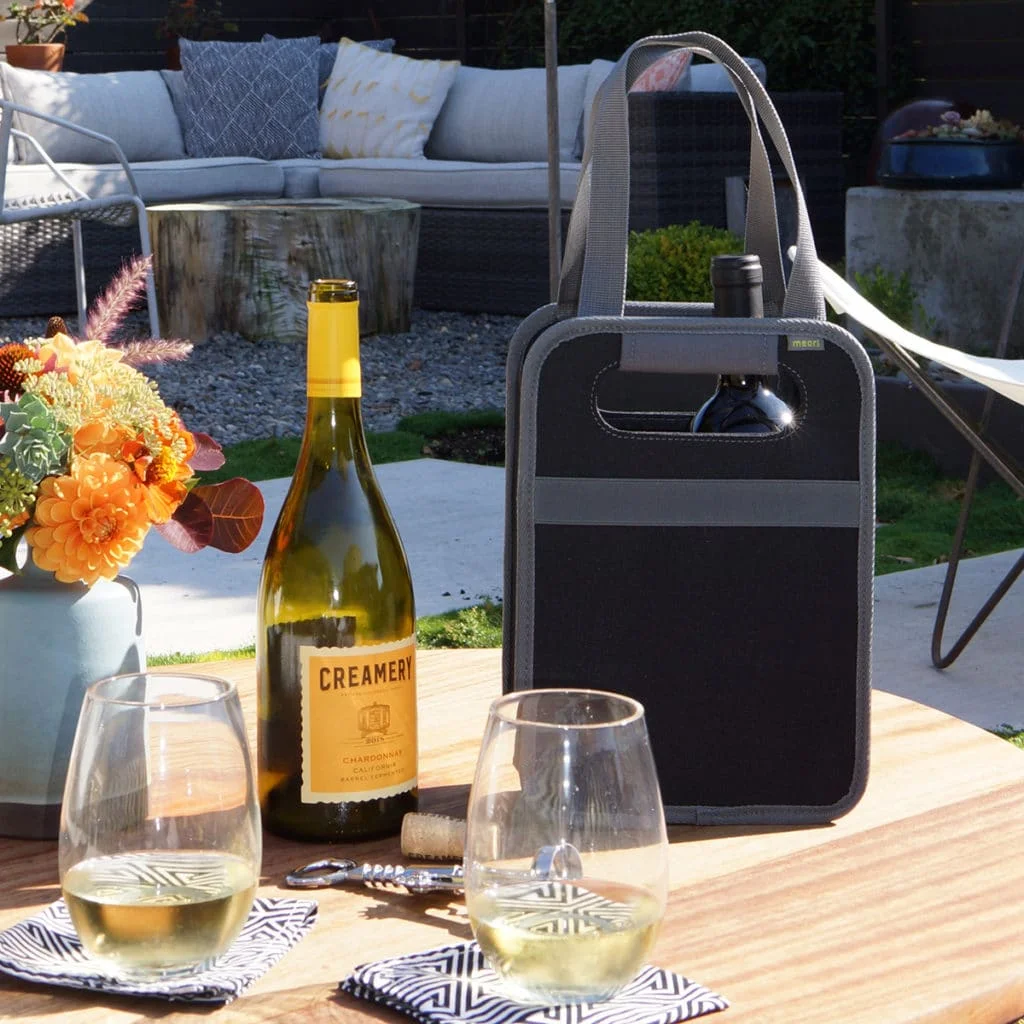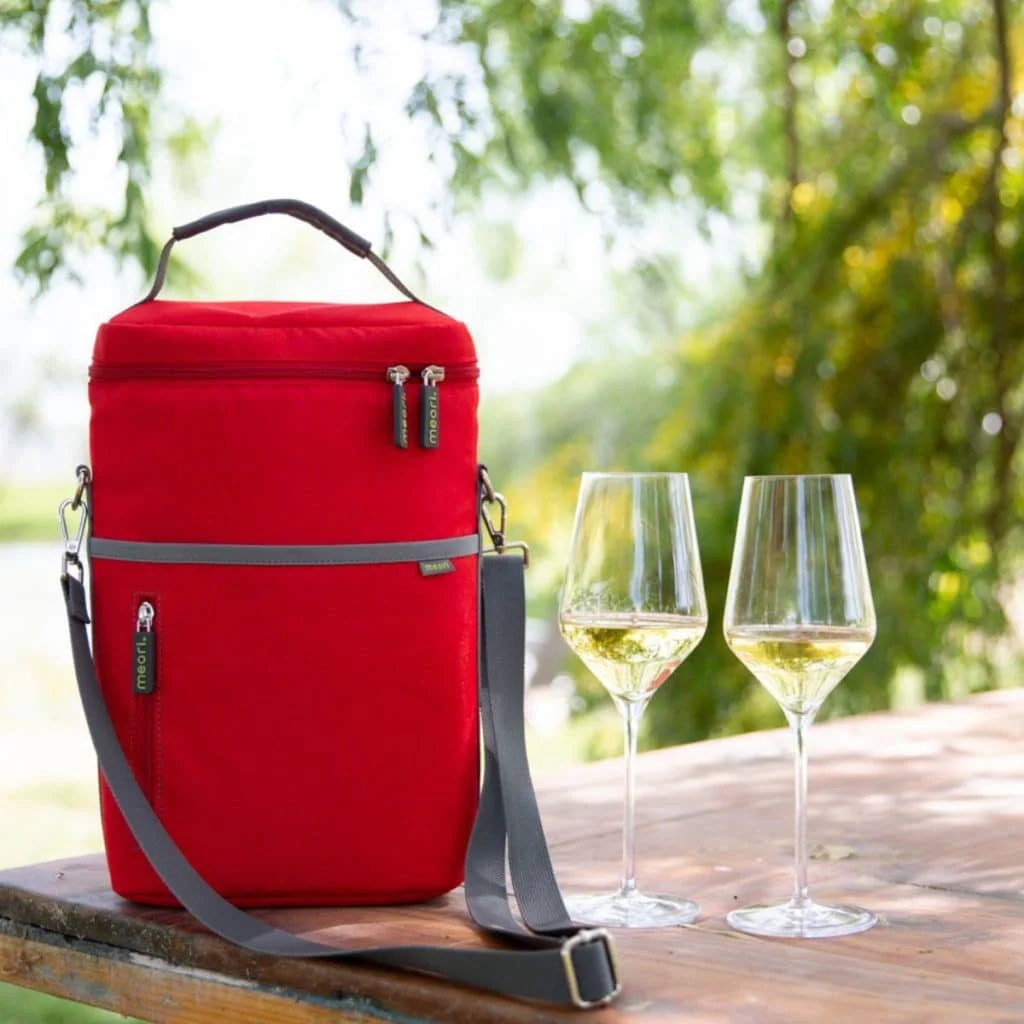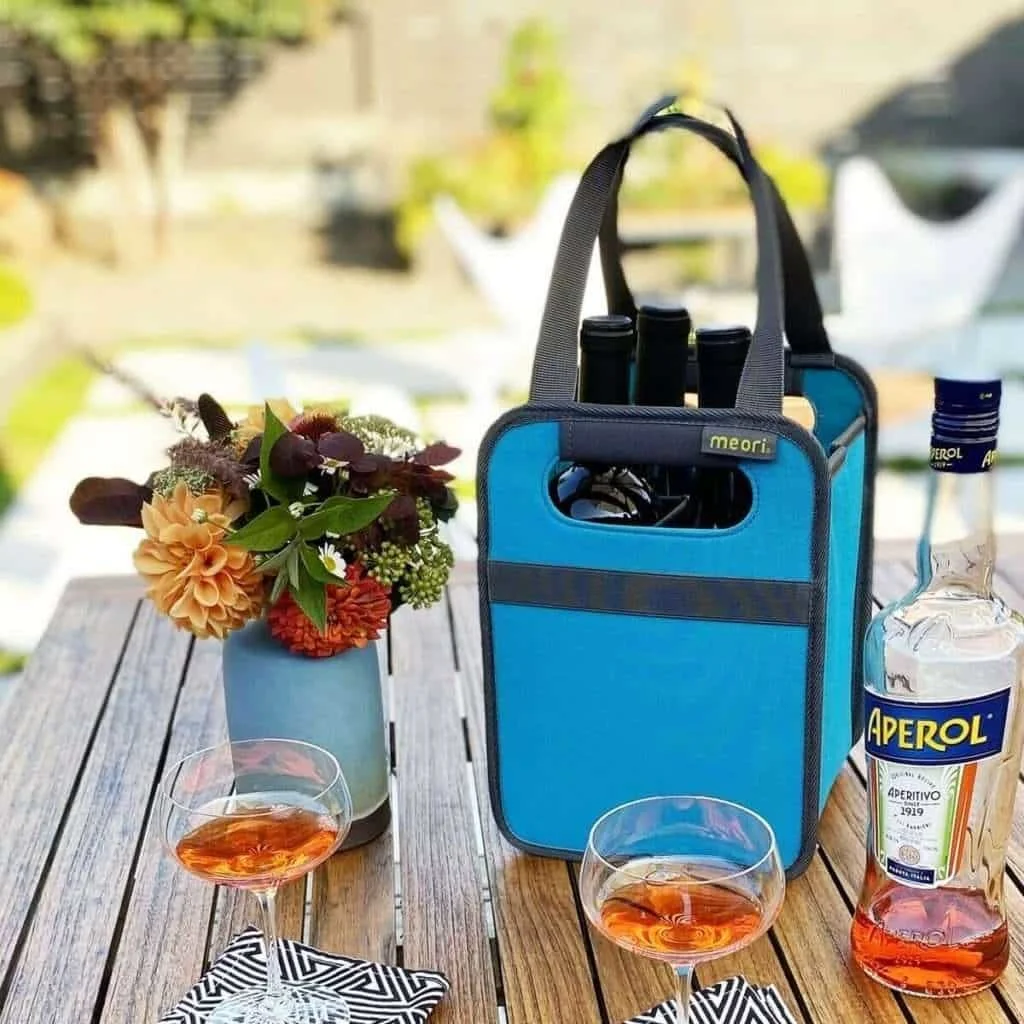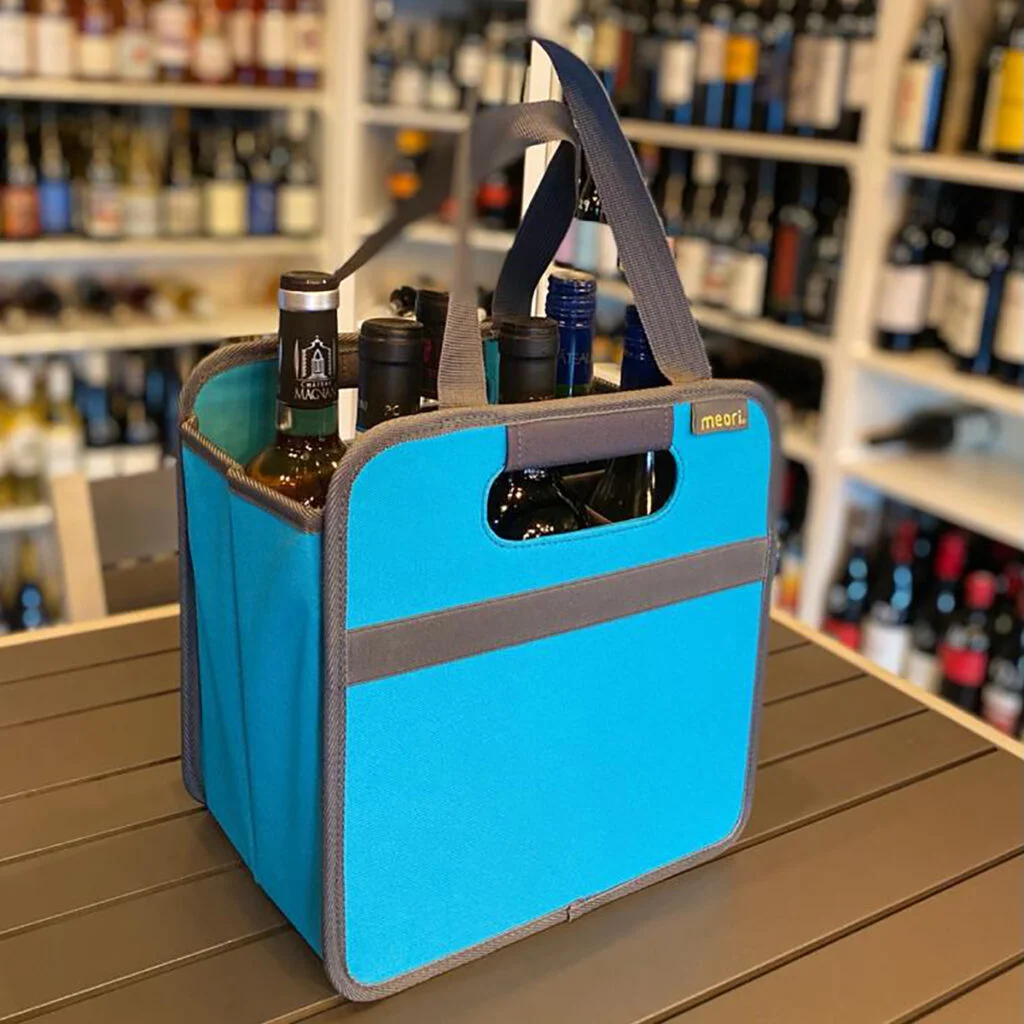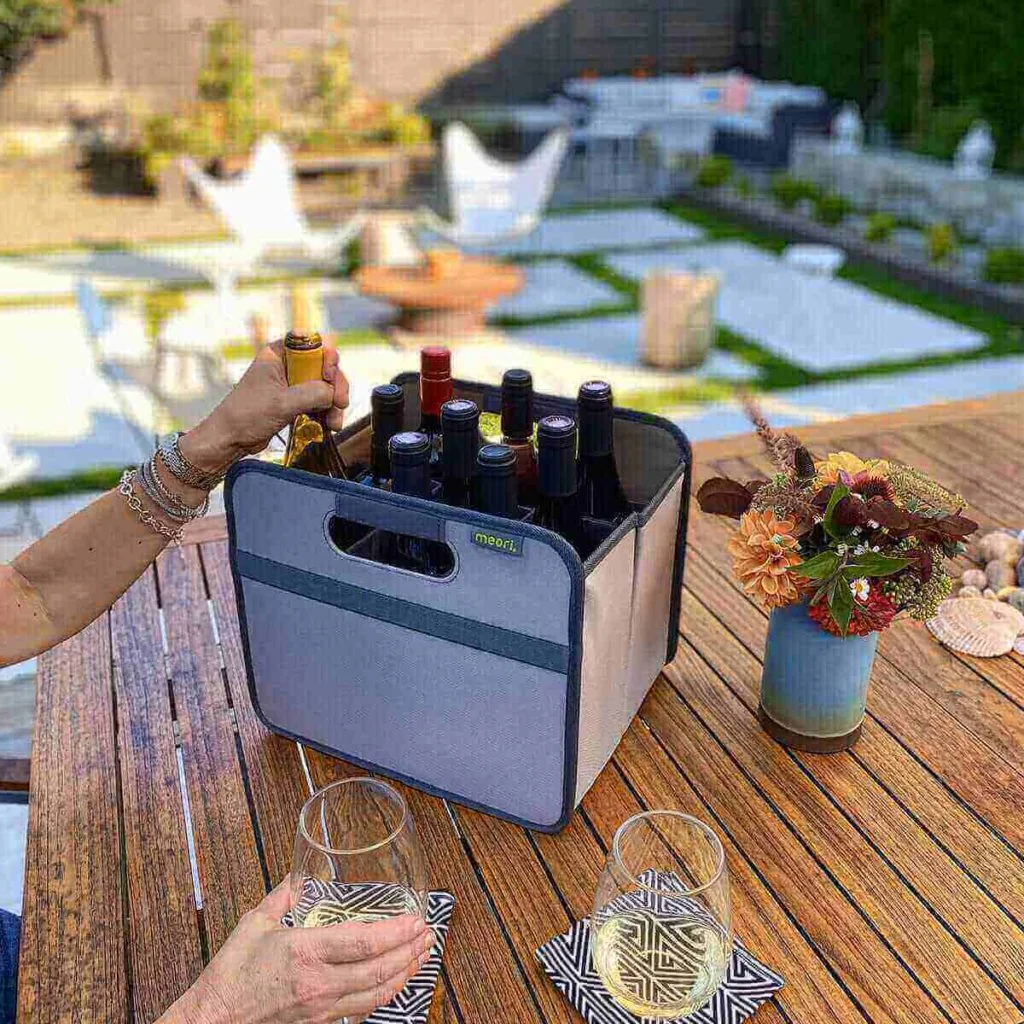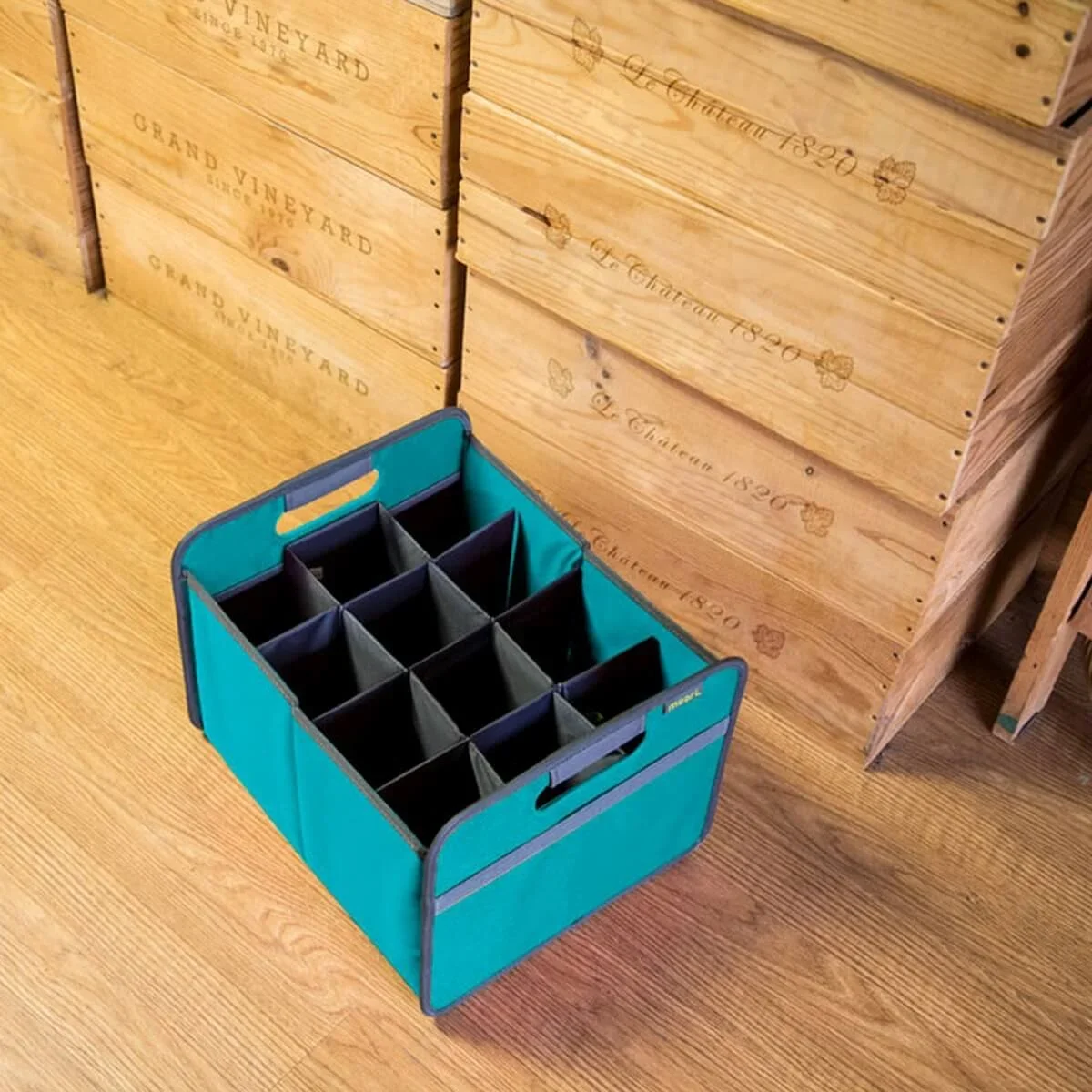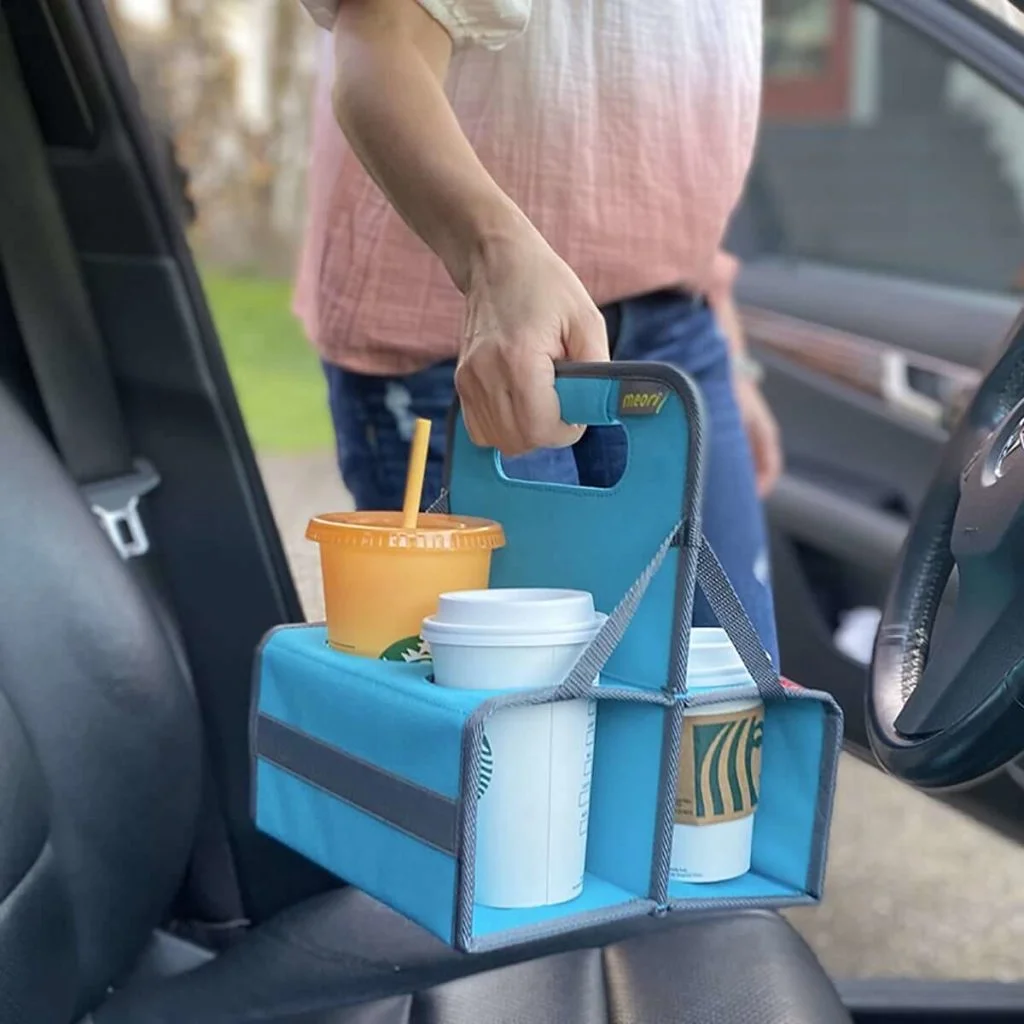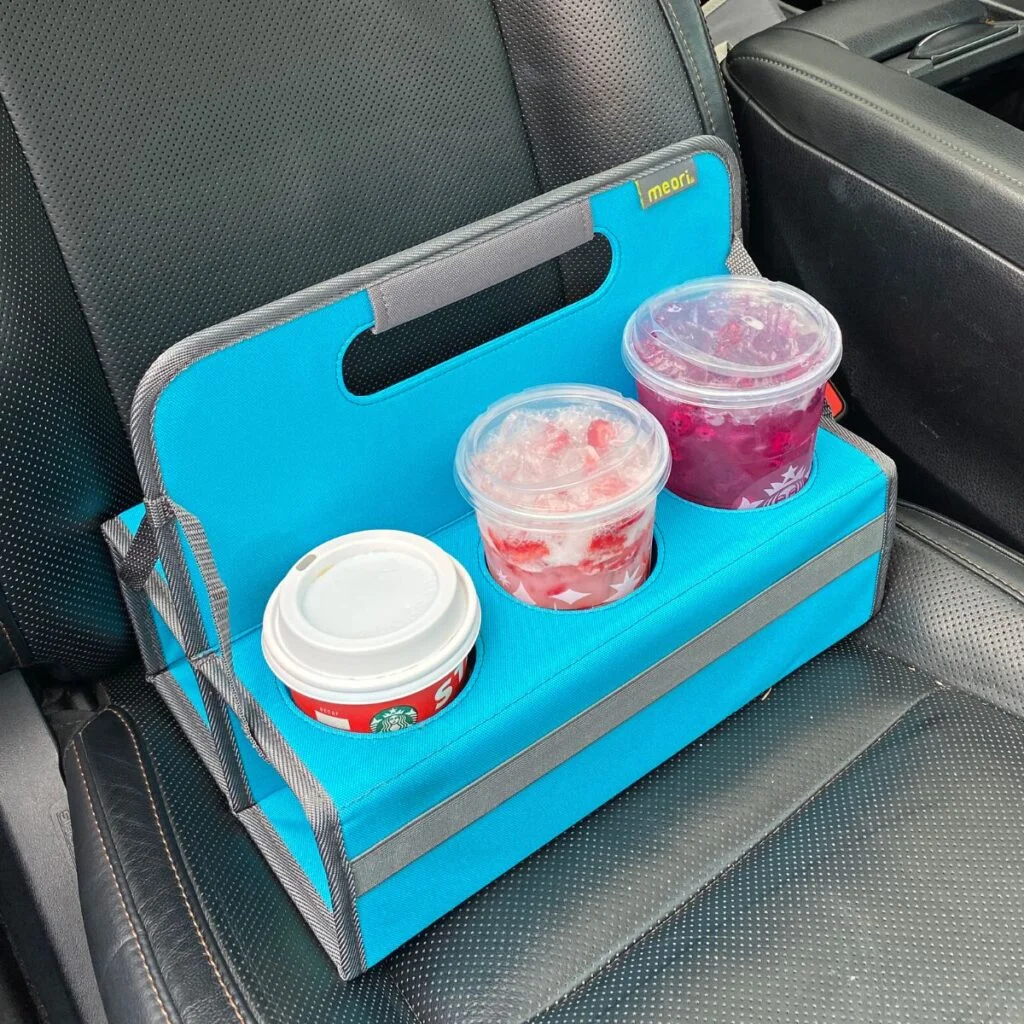What is the Zero Waste Concept?
Once considered an afterthought to many people, sustainability is now permeating every aspect of modern life, and public enthusiasm is still growing. As part of this drive towards a more sustainable world, the zero-waste concept has become standard bearer, and many of its ideas are gaining traction as people begin to realize that significant changes are needed to reduce the environmental impact of our current lifestyles. Many communities have even gone as far to define their own zero waste strategies and take concrete steps towards making a difference.
Sports events are an integral part of those communities, and they are hugely important in the lives of so many people. Stadiums and other venues are thus an integral part of every local community. Looking at it this way, sports events organizers can become major players in encouraging communities’ work towards sustainability by contributing to the achievement of zero waste community goals.
Of course, it’s not as simple as taking the zero-waste strategies people engage in at home and scaling them up to fit a major sports event. As a business, stadiums and event organizers have logistic, supplier, and even licensing issues to reckon with, which can make wholesale changes complicated.
Solutions to these challenges likely exist already in the local area, and often, simply reaching out and engaging with the very people who attend and participate in these events can remove much of the legwork! In fact, keeping things local and engaging with other sustainability-focused players in the area also has a number of benefits, and can be one of the best ways to make major gains toward zero-waste events.
Local Suppliers for the Local Team
Stadiums and sports events tend to generate large amounts of waste in short periods of time, and the majority of that waste comes from those exciting little extras that make going to see a game great: the hot dogs, popcorn, sandwiches, beer, soft drinks, and even merchandise. As delicious and fun as they are, their sale and consumption result in literal tons of food and packaging waste. The Super Bowl, for instance, is said to generate around 40 tons of trash each year, and much of it results from all that indulgent excess that has become synonymous with the game.
So, let’s start with food. Working with local suppliers is one way to reduce waste before food even reaches the stadium. When sourcing fresh ingredients, less milage between the place they’re harvested/manufactured and the kitchen where they’re prepared helps eliminate that large amounts of food that spoils or gets damaged during the transport and storage stages. Farm-to-table menus, where ingredients used are sourced directly from the local area, not only help cut down on food waste, but can also be a source of hometown pride showcasing the best of what an area has to offer to visiting fans.
Plastic waste and non-recyclable paper waste from things like food services and packaging are a second major type of waste that is generated at sports events. A number of stadiums have made major gains in minimizing waste by phasing out single-use plastics and transitioning to materials that are more easily recyclable and compostable. For example, Hard Rock Stadium in Miami has vowed to phase out 99.4% of its single-use plastics by the end of this year, eliminating the waste of 2.8 million plastic items annually. In 2015, Target Field in Minneapolis replaced much of its food packaging, including beer cups and nacho trays, with compostable alternatives in efforts to reach 90% diversion from landfill.
Ditching Disposable Containers Means Less Waste
In addition to addressing plastic and non-recyclable paper waste, a crucial aspect of achieving a zero-waste sports event involves innovative solutions for beverage containment. Reusable cup carriers, present a sustainable alternative to using disposable trays for carrying drinks. These carriers are not only environmentally friendly but also convenient for attendees, allowing them to enjoy their beverages without contributing to the accumulation of single-use plastics.

These strategies can also be implemented with help from the local community if stadiums and event organizers seek out local suppliers of sustainable and recyclable packaging. Another important step is to encourage local vendors and suppliers to integrate zero-waste solutions into their business, such as reusable packaging and pallets. Sports event organizers can have a lot of clout due to the large-scale nature of their operations, so giving local suppliers a little nudge in the right direction can help a community make significant gains towards their zero-waste goals.
Another benefit of working with local companies is the reduced carbon emissions that are generated by transport and logistics. While it’s difficult to measure the impact of logistical transport itself, reducing the need for transportation and logistics is certain to have a positive effect, not only on waste reduction, but the local economy too. This in turn can be a point of pride for environmentally conscious fans, as well as raise awareness among those who are not.
Donation and Composting Using Local Networks
It most certainly pays to go local after an event, during that window of time when perishable food is still good and waste management structures are still in place. The all-star way of minimizing food waste is by donating edible leftovers from concessions and suites, because the unfortunate reality is that every community has people in need who can benefit from the excess of sports events. Going back to the Super Bowl, earlier this year the NFL partnered with nonprofit Food Rescue US, who formed a local team to package up and distribute over 30,000 pounds of leftovers from Super Bowl LIV to Miami residents in need. That eliminated nearly half of the waste normally generated by the game.
It’s not necessary to team up with a national partner, however. Stadiums and events of any size can tap into their local network to find charities and partners in their area who are happy to help. Distributing leftovers through local experts is efficient and maximizes the amount of food that is saved. There are also other options that benefit the community: Some have even advocated for allowing spectators to purchase leftover food at a discount to take home—taking a cue from the time-honored tradition of packing up those leftovers after a holiday potluck.
Composting Helps Reduce Waste
The second option for eliminating food waste is composting. This is the ideal course of action not only for scraps and food discarded by fans, but also for biodegradable utensils and packaging. Many venues, like Yankees Stadium, have integrated on-site composting into their operations. This isn’t necessarily practical for all venues, and certainly not for events like marathons that don’t have permanent spaces. But again, this is where the local network comes into play: nearby allotment gardens or urban farms are potential partners that can help.
If these don’t yet exist in a community, then how about starting one? Allotment gardens organized and sponsored by a local team or stadium, fertilized using composted food waste from events, are a great visible way to become a local leader in sustainability. Taken a step further by incorporating the circular economy, imagine a zero-waste stadium with its own garden or farm that grows produce for use in its kitchens. Stadiums like Fenway Park are already heading in this direction.
Education, Awareness, and Ample Recycling Bins
Food and packaging waste are unfortunately not the only types of waste event organizers need to deal with. A zero-waste strategy also needs to address everything discarded by fans outside the stadium—don’t forget parking lot tailgating—and waste that was brought inside by spectators who took along their own food and drink. These may not fit into an organizer’s plan of eliminating single-use plastics and providing compostable or reusable containers, and without certain countermeasures in place, they can quickly add up to a significant portion of a venue’s waste.
This means it’s essential to offer fans plenty of opportunities to recycle, with receptacles that are easily located and clearly marked, then have the right facilities in place to handle all that waste properly. Local networks can again come in handy here. For example, after joining New York City’s “Zero Waste Challenge”, Barclays Center partnered with local waste management experts RTS to design a custom system that would increase their waste diversion rate, which now helps them save over 1,000 tons of recyclables and 650 tons of organic waste each year.
Yet no matter how many recycling bins are placed in a stadium, they won’t achieve their optimum results if fans don’t use them correctly. For example, one major challenge for zero waste systems that isn’t necessarily unique to sports, but that can be amplified due to the scale of a sports event, is cross-contamination of food waste and recycling. Tackling this requires a certain amount of awareness-building about the importance of proper waste separation, as well as prioritizing user friendliness when designing waste collection points. These measures help take the burden off of recycling services and ensure that no plastic ends up in your allotment compost.
The Message – Reduce, Reuse Recycle
This is why a successful zero-waste strategy should also involve education and awareness. It’s important to engage local communities and drive home the value of the three R’s—reduce, reuse, recycle—so that sustainability becomes intrinsic that, despite resounding triumph or shattering defeat, responsible waste management becomes second nature!
The best part of all this is that, when big names in sports talk, fans listen. Sports has power as a vehicle of communication, and is able to bring people together while promoting ideas and behaviors that have a positive impact. This sense of community and influence in sports make stadiums and events powerful places to go zero waste, and despite their large scale, it’s not an impossible feat. Teaming up with other local players is the best way for stadiums, event organizers, and the wider community to achieve their zero waste goals.
Explore the meori blog, Organize Life for more ideas on how to stay organized and live a more sustainable life. Top tips include organizing and decluttering your home, packing for a road trip and keeping all your work essentials organized between office and home.
Need the right storage solutions to organize your home? meori has got you covered. Browse our online store today to start shopping. Best sellers include folding storage boxes, trunk organizers, and wine carrier totes.

